
16 Best Inventions From The Industrial Revolution
Here in the modern 21st century, mankind tends to be pretty proud of itself when the newest and best smartphone comes out, when digital cameras get better, or when video games get more realistic. But here’s the thing: That’s just improving on something that’s existed for a while now.
Many of the inventions from the Industrial Revolution were even more impressive, and came from incredibly smart people looking at a problem and inventing something out of nothing. There were no prototypes, no guarantees it was going to work, and sometimes, it was accepted with all the grace expected of a generation facing a lot of changes.
Just like the older generations today bemoan the rise of TikTok and… whatever else the kids are into these days, the Luddites were a group of people who were violently opposed to some of the changes the Industrial Revolution brought. And there were a lot of changes. History defines the Industrial Revolution — the 18th and 19th centuries — as the time when the world switched from the agricultural one it had been for millennia to the industrialized society of today. It was fueled by these inventions, and was it a good thing? That’s a matter of opinion, but it would be a very different place without them.
Photography
It’s easy to forget how recent an invention photography is. It started when Joseph Nicephore Niepce wondered how he could take the light that he saw and record it permanently on… well, something. But wait, wasn’t the first Louis Daguerre and the daguerreotype? Kind of. That was the first “commercially successful” method of photography, says Daguerreobase, and if it wasn’t for a twist of fate, things would have been very different from the beginning.
In either 1826 or 1827, the Linda Hall Library says Niepce used a sheet of pewter layered with bitumen to capture the view out of the window of his estate. Sure, what he ended up with wasn’t a great photo, but it’s definitely a photo — and at the time, the idea was unheard of.
Niepce had an idea of how important his discovery was, so he headed to the Royal Society of London to present it to the movers and shakers of the scientific community. Unfortunately, he got there at a bad time — the president was dying, everyone was trying to figure out what was going to happen next, and it was in such chaos that some of the more important people — like John Herschel — just quit. Niepce, says the Harry Ransom Center, returned to France and partnered up with Louis-Jacques-Mande Daguerre to make further advancements. He died in 1833, and when Daguerre improved upon the work to release his daguerreotype, guess who had their name on it?
Gas lighting
The sun goes down and the lights go on, but for the overwhelming majority of human existence, that wasn’t a thing. It wasn’t until 1792 that a Scottish inventor named William Murdoch did something that would change not only the way we work, but the way we relax, too. He took pipes, installed them in his house, and invented indoor gas lighting.
Today, we know that coal gas isn’t really the sort of thing anyone should be breathing on a nightly basis, but it was a pretty revolutionary idea. Murdoch took his gas lamps to the streets — literally — and when he showed people just how brightly light burned when it was fueled by gas, it was the bee’s knees.
Within a decade or so, major cities were using his gas lamps to light their streets at night — and McGill’s Office for Science and Society says that changed what the world did after dark. Instead of being confined to homes lit by candles, people were suddenly going out, meeting up with friends, and socializing outside of the home. That was a huge deal… even if it was relatively short-lived. According to the Smithsonian, Edison’s safer and lower-maintenance electric lighting system was designed to model this earlier gas light invention, and while gas hung on for a good long time, electric lights became the norm at the start of the 20th century.
Steam Engine
Interesting Engineering says that there’s one man — the Scottish chemist, engineer, and inventor named James Watt — to thank (or blame) for the entire Industrial Revolution. They say that his work on the steam engine made countless other advances possible, so let’s take a look at what he actually did.
But first, what he didn’t do: He didn’t invent the steam engine. The BBC says that the Newcomen steam engine had been used in mines for almost 70 years by the time Watt was given one to fix, and when he started tinkering, he realized he could make the concept a heck of a lot better, and invent something completely new. For starters, he made it much more efficient by adding a separate condenser and changing the way energy was used. While original steam engines were used mainly to pump water out of mines, Watt and his partner, Matthew Boulton, invented what would become the first dual purpose steam engine. National Museums Scotland says that in 1786, they designed and built a steam engine that could pump water and grind barley at the same time, and it was used by London’s Barclay & Perkins Brewery for the next century.
Thanks to the new and improved design, mine and factory overseers could maximize output, minimize costs, and ultimately supply all the raw materials the Industrial Revolution needed. Steam engines were installed in everything from waterworks and flour mills to distilleries and canals.
Macadam Roads
Many may have heard of modern roadways as being referred to as “macadam” roads, and that’s not a reference to what they’re made of. Macadam is actually a reference to John Loudon McAdam, a Scottish inventor who was interested in the construction of roads. When he signed on as a Bristol Turnpike surveyor in 1801, it gave him the clout that he needed to make a difference.
It’s tough to imagine a system of roads where stone and dirt are the norm, but that’s where the world was in the early 19th century. It was McAdam who came up with the idea of making roads by constructing layers that started with foundation stones, then added a mix of crushed stones and gravel.
Interesting Engineering calls this the biggest invention in the development of roads since the Romans started making them in the first place. The shape and structure of these new McAdam roads meant that rain ran off, instead of turning the whole thing into a mucky — and oftentimes dangerous — mess. Roads lasted longer, needed less upkeep, and could freeze and thaw without being destroyed by the changes in pressure. They would later be improved on again with things like tarmac and asphalt, but according to ThoughtCo., it was McAdam’s roads that kicked off a whole new level of connectivity within cities and reaching out into rural areas — crucial for moving the raw materials and finished goods that drove the Industrial Revolution.
Spinning Jenny
Spinning yarn was, for a long time, incredibly labor-intensive: All Fiber Arts says that spinning enough yarn to make a single sweater took an average person between 10 and 15 hours.
And here’s where the Spinning Jenny comes in. Created around 1764 by a weaver and carpenter named James Hargreaves, the Spinning Jenny was a machine that would allow a single operator to spin not a single spool of thread at one time, but — initially — eight spools, side by side. When Hargreaves realized how important an invention it was, he started making more of the Spinning Jenny (which was named for the slang term for engine) and selling them around his hometown of Oswaldtwistle, England.
It didn’t go well at first. With thread easier to make the prices dropped quickly, and spinners staged such massive protests that Hargreaves picked up and moved to Nottingham. Attempts at filing for a patent failed — ThoughtCo. says it was ruled that he had already made and sold too many, voluntarily putting the technology on the market — but he had already made textiles more affordable, as well as being faster and easier to produce.
The Age of Revolution says that the machine was given an upgrade in 1779, and Samuel Crompton’s version was capable of making hundreds of spools at a time, all of varying weights. Within three decades, there were around 5 million of his revised spindles — now called the spinning mule — in use.
Telegraph
Today’s communications might happen in a heartbeat, but it wasn’t until the Industrial Revolution that humankind progressed beyond slow services like letters and semaphore systems. According to the Library of Congress, it was 1832 when Samuel Morse came up with the idea that this newfangled thing called electricity could be used to transmit messages over incredibly long distances. With the help of a University of the City of New York chemist and professor named Leonard D. Gale — who had already written a paper outlining the basics of the very same idea — Morse spent the next five years designing and testing his new telegraph system.
Strangely, it was finished by 1837, but financial instability and upheaval meant that he had to sit on the idea for another six years before approaching Congress and asking for $30,000 — about $850,000 in today’s money — to build a test line between Baltimore and Washington, D.C. He got it, and the first message he sent — “What hath God wrought?” — was pretty prophetic.
By 1853, all existing states were connected via the new telegraph network, except for one: Florida, and they haven’t forgotten this.
Matches
People have used fire for thousands of years, and for a long time, making fire happen was tough. Connecticut Country Antiques says many people relied on tinder boxes containing flints, strikers, and something to ignite. In other words, it was a pain.
The idea of a stick that could be struck to make fire went back to 1680, says The Washington Post, but these early attempts tended to make a lot of fire happen all over the place very quickly, and weren’t really useful when it came to precision work. It wasn’t until chemist John Walker turned his attention to the problem that he discovered that he could make a paste with gum arabic, potassium chlorate, and antimony sulfide. The paste could be dried onto the end of a stick and, when it was scraped across a surface, just the right amount of fire happened.
The Pharmaceutical Journal says that the invention kicked off the development of other, more reliable kinds of matches, and made fire much easier to start. It was a huge deal, but it came with a massive catch that has to be mentioned. Early matches were called “Lucifers,” and not only were they fire- and light-bringers, but match-makers working with phosphorus had a good chance of developing what’s called “phossy jaw.” It’s essentially a condition that rots a person’s jaw from the inside out, and according to the Smithsonian, it was widespread until the U.S. outlawed the use of phosphorus in 1910.
Cotton Gin
Massachusetts native and Yale graduate Eli Whitney took a job as a tutor on a Georgia plantation in 1792, and when he got there, he realized they had a huge problem. (No, not that one.) The only kind of cotton that grew in non-coastal areas had incredibly sticky seeds, and pulling them out of the cotton was a huge effort that cut into their bottom line. So, he decided to come up with a machine that would do all the hard work… and he knew he stood to make a fortune from the patent.
According to the National Archives, things didn’t go as he planned. Yes, he invented and patented the cotton gin, but he and his business partner did something very stupid. Instead of just selling the machines outright, he also charged farmers a fee for using his machine. It was a lot: two-fifths of their total profits.
So, many just took the idea, built their own, tinkered with them a bit, and claimed they were new and improved inventions. Whitney spent years up to his neck in legal battles, and meanwhile, the cotton gin had good and bad impacts. At the same time it made the cotton industry incredibly profitable, it also increased the need for more slaves to pick the cotton needed to keep up with demand… so, it wasn’t all good.
Typewriter
The University of Iowa says that it’s not exactly clear just who first invented the typewriter, but they do say that even the earliest story — which borders on legendary — says that Giuseppe Pellegrino Turri, an Italian mechanic and noble, built the first typewriter as a gift for his beloved Countess Carolina Fantoni da Fivizzono. She was going blind, and the machine was meant to help her continue communicating with the rest of the world.
Another version is similar, and credits Agostino Fantoni with an 1802 invention that was made to help his blind sister with her communications. Neither of those inventions were commercially successful, but it can be argued that they laid the groundwork for the 1868 typewriter that was turned into a major hit thanks to manufacturer E. Remington and Sons.
The Oxford University Press says that a few big things came out of the invention. For starters, when Mark Twain became the first writer to submit a manuscript he’d done on a typewriter, it set a precedent for other authors of his caliber. It also opened up a new, socially acceptable way for women to make some money — by typing up documents for others — and in 1909, the first person imagined the possibility of typing a message on his typewriter and having it sent all the way across the world… an idea that would become very real in less than a century.
Steam train
For those who had teachers at school that were less than impressed by their behavior, just remember this: Richard Trevithick was called “obstinate and inattentive” by his teachers, and he went on to invent the steam train. It’s safe to say that he showed them.
Sort of. In spite of proving he could make a steam-powered train that was bigger and faster than the horse-drawn wagons that were being used, he still died penniless. According to Historic UK, it was his idea that was improved on by others. Between his 1804 wager-winning trip with his “Penydarren tram road engine” and 1845, a whopping 2,440 miles of train tracks had been built, and around 30 million people were riding the trains each and every year.
History Today says that it’s George Stephenson who’s generally called the father of the modern railways, but there were a ton of people who were instrumental in the development of the world’s rail system, which was a huge deal. Heavy loads of ore and steel were too much for roads — and horses — to handle, so the development of the steam train meant moving these raw materials across the country was suddenly possible. Stephenson’s first showing was impressive, and in 1814 he unveiled the Blucher, a locomotive that could handle eight wagons and tons of coal. It only got bigger and better, and once he persuaded the owners of horse-drawn rail companies to start ordering his trains, no one ever looked back.
Waterproof clothing
Mother Nature doesn’t stop for anything, and working outside in the rain could be a miserable time — and it was, until advances during the Industrial Revolution helped make waterproof clothing widely accessible.
According to the Victoria and Albert Museum, the concept of waterproofing went back to the Native Americans, who used a naturally-occurring latex paste to protect their clothes. But it wasn’t until 1823 that Charles Macintosh developed a way of coating fabric with treated rubber, and that’s not entirely the end of the story. His version tended to get a little melty in warm temperatures and too stiff in the cold, but it was the first step.
By 1843, Thomas Hancock had come up with a way to stabilize the waterproofing mixture — and make it smell not-so-bad. Made Up in Britain says that Hancock patented a procedure that heated a combination of rubber and sulfur to create a more durable, versatile product that was used for waterproofing not just clothes, but things like coaches. Strangely, America’s Charles Goodyear patented something similar just a few weeks later, and the two inventors also had dueling patents for another revolutionary idea: molded rubber.
Sewing machine
The idea of sewing has been around for a shocking length of time. ThoughtCo. says that the first sewing needles have been dated to around 20,000 years ago, and that’s a lot of time for people to get stuck in their ways.
The Industrial Revolution saw a bunch of people try to automate the process, and it also saw a lot of people fail. It wasn’t until 1830 that Barthelemy Thimonnier made the first successful sewing machine, and he nearly paid for it with his life. Thimonnier was a tailor, and when he unveiled his machine, his fellow tailors proceeded to riot and burn down his factory, convinced it was going to put them all out of work. The Smithsonian says that he actually rebuilt, only to have the same thing happen again. (He ultimately died in an English poorhouse after further attempts to get his business off the ground.)
Interestingly, at about the same time in the U.S., the prolific inventor Walter Hunt had also invented a sewing machine, but worried about the impact it was going to have on employment, he never did anything with it. Elias Howe did, though, and in 1846 he patented his sewing machine. Howe had about as much luck as his French predecessor, and it wasn’t until Isaac Singer bought his design for an eye-pointed needle that things turned around — and made the sewing machine an invention that changed the textile industry forever.
Tin can
It’s pretty incredible to think of some of the things that are widely taken for granted in the modern world, but when they were invented, had a massive ripple effect across the globe. Take the tin can. Canned foods immediately changed the way the world’s military ate, as suddenly, food wasn’t nearly as perishable as it had been. Long journeys got a lot easier, and it changed the way we explored and conquered.
According to the BBC, tin cans came about as a response to the problem of feeding sea-going sailors of the British fleet. France’s contribution used glass containers, and while it worked, the weight wasn’t ideal.
It was a French inventor, Philippe de Girard, who headed to England and partnered up with Bryan Donkin to take the idea of the tin can commercial. (Donkin, incidentally, is who the world can also thank for upgrading the quill pen to the steel pen.) After a few years of tinkering, the first commercially produced tin cans left the factory in 1813. The cans were an immediate hit, and suddenly, people had access to a whole lot of food that they hadn’t had before. Imagine having tinned cocoa for the first time. That’s the kind of excitement that even Queen Charlotte could get behind.
Blueprints
For a long time, building anything that required plans was a bit more challenging right from the start. Plans were hand-drawn, and according to Architecture Plus, LLC, if a copy was needed, that meant someone would have to hand-drawn another exact copy. That took time, money, and the chance that someone would make a mistake was always there.
Then, in 1842, John Herschel invented the process of blueprinting. (And yes, that name sounds familiar — his father was William Herschel, the astronomer who discovered Uranus.)
Herschel’s original process of creating blueprints was used for about 100 years, and it was a huge deal: Suddenly, it was possible to make loads of copies of building plans very easily and very quickly. The idea was that the original would be drawn on a piece of paper that was at least semi-transparent, and that was then put on top of another paper that had been treated with a chemical mixture that was, honestly, pretty dangerous. Exposing the copies to a bright UV light — which was as easy as putting it in the sun — created a perfect copy where the background was turned blue by the chemical reaction, and the lines shielded from the light stayed white. The era’s technologies got a whole lot easier to share.
Fourdrinier machine
There’s a good chance many might not have even heard of the Fourdrinier machine, but the National Portrait Gallery says that when it was unveiled in the early 19th century, the U.K. Parliament called it “one of the most splendid inventions of the age.”
The steam-driven machine was used for not just making paper, but making paper in long, continuous rolls. While the idea of paper had been around for a long time, this was the first time that it could be made on an industrial scale. And that’s a huge deal — the BBC says that overhauled Victorian-era ideas about education, because people could have access to books. PixartPrinting adds that this mass-produced paper made other things possible, from newspapers with massive circulation numbers to penny-dreadfuls and best-selling novels.
It’s worth noting that the Paper Discovery Center says the machine was actually invented by a French man named Louis-Nicolas Robert. Although the first patent was French, the French Revolution was kicking into high gear and ruining pretty much everything. Robert opted to sell all of his interests to his boss, Saint-Leger Didot, who took it to England, teamed up with stationers Sealy and Henry Fourdrinier, and changed history forever.
Icebox
The fridge is another one of those gadgets that it’s easy to take for granted, but it wasn’t that long ago that cold storage in the home just wasn’t an option. According to the Smithsonian, early Americans used communal ice houses — buildings built over pits filled with ice harvested from nearby waterways — to keep food cold. Now, fast forward to 1802, because that’s when American engineer and cabinet maker Thomas Moore invented what Monticello says was the first purpose-built box for keeping food cold.
Moore needed something to transport butter, so he took a cedar box, and put a slightly smaller tin box inside of it. The space between the two was filled with ice, and then the whole thing was wrapped in fur and cloth. He called it a “refridgeratory,” says Researching Food History, and Thomas Jefferson was a huge fan. He granted Moore a patent on the device and became a devoted refrigerator-user himself. Meanwhile, the box’s benefits became widely appreciated: Anyone transporting perishable goods to market was no longer restricted to the small area, transporting goods at night was no longer necessary, and suddenly, more people could enjoy things like fresh fish and meat.
By the end of the century, iceboxes had revolutionized the way people shopped for and stored their food.
72 thoughts on “16 Best Inventions From The Industrial Revolution”
Leave a Reply
You must be logged in to post a comment.

Rules The British Royal Family Have To Follow Forever

The Bizarre Book Written By The Son Of Sam

Child Stars Who Completely Disappeared

Pino Maniaci: The Truth About The Man Who Fought The Mafia

This Is The Hottest Place On Earth
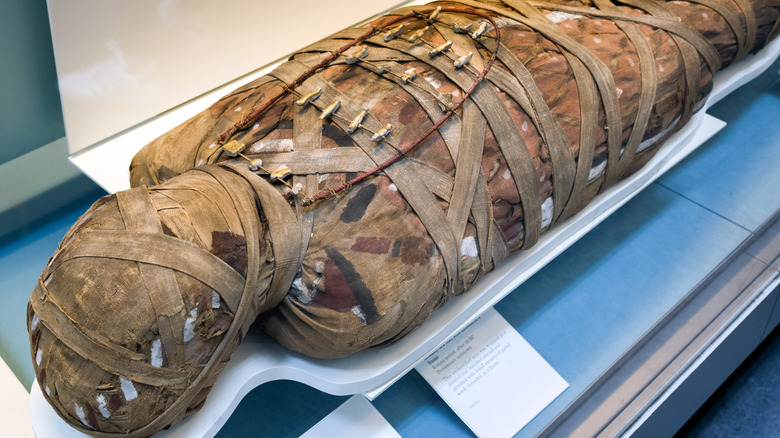
What Experts Think Elite Egyptians Once Did To Lower Class Mummies

Do The Great Lakes Have Tides?

The History Behind The Most Haunted Building In Brazil
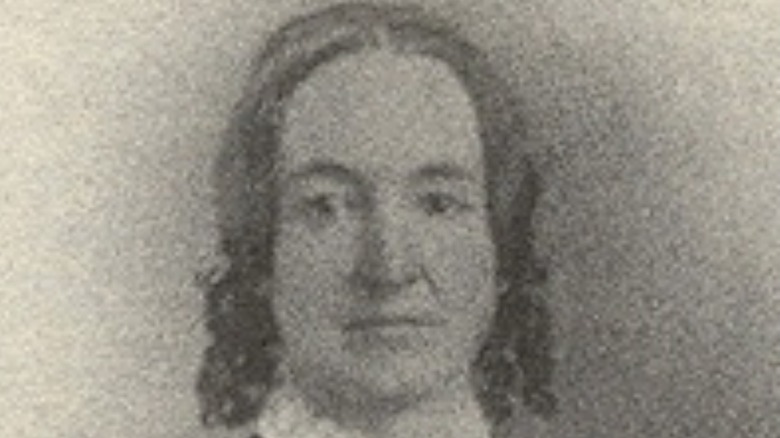
The Untold Story Of Elizabeth Packard's Wrongful Confinement

Can You Still Stay In The Night Stalker's Room At The Cecil Hotel?

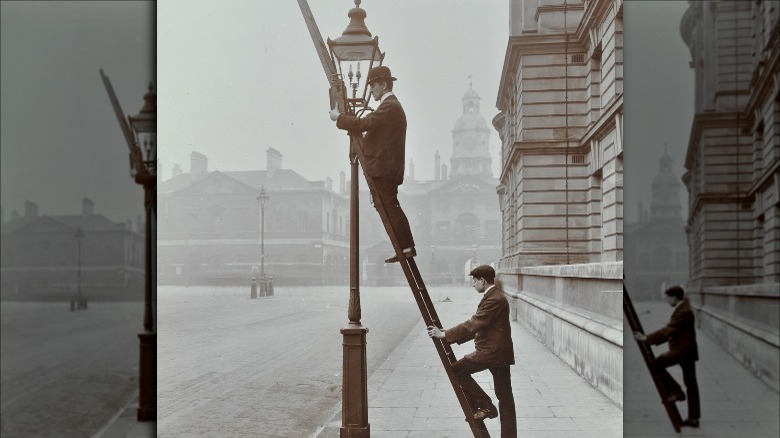
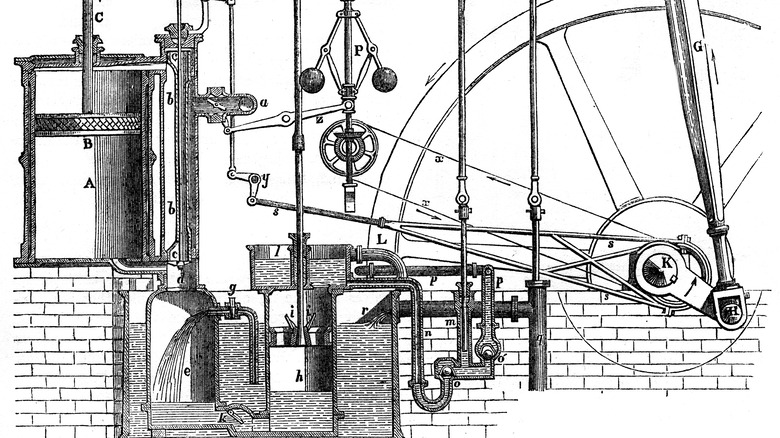
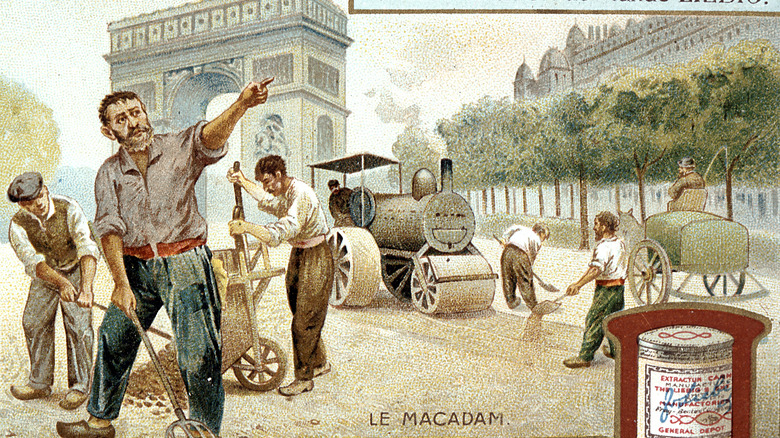
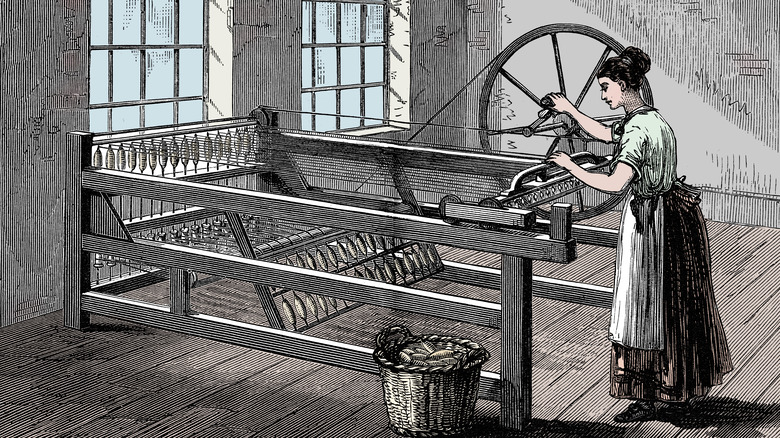
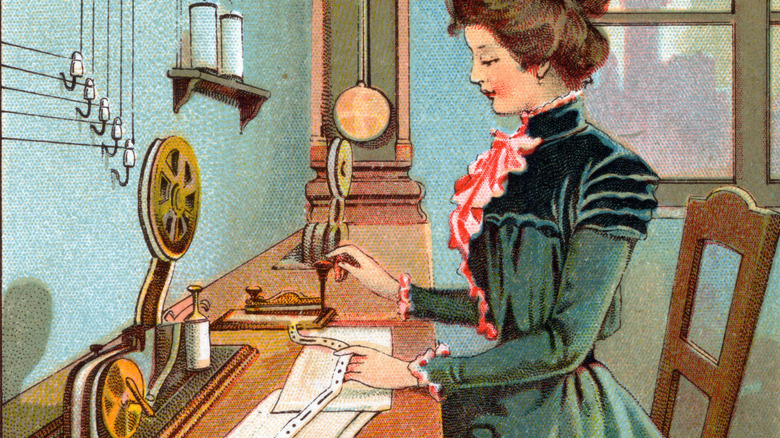

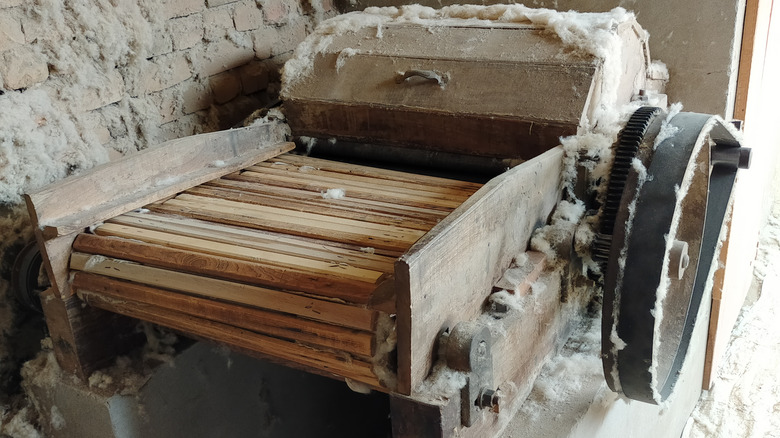

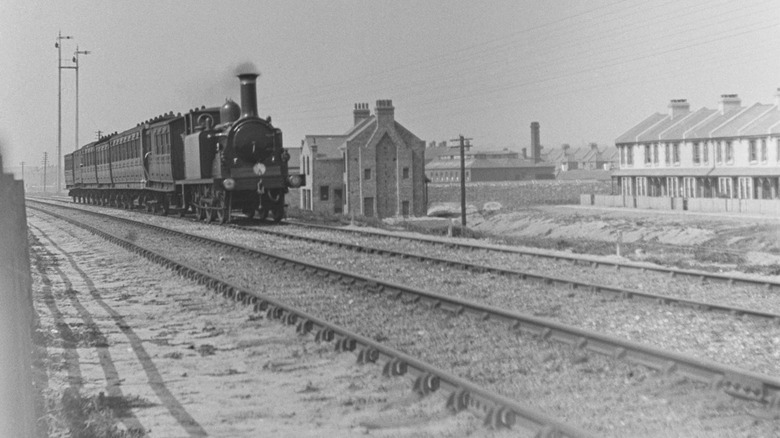
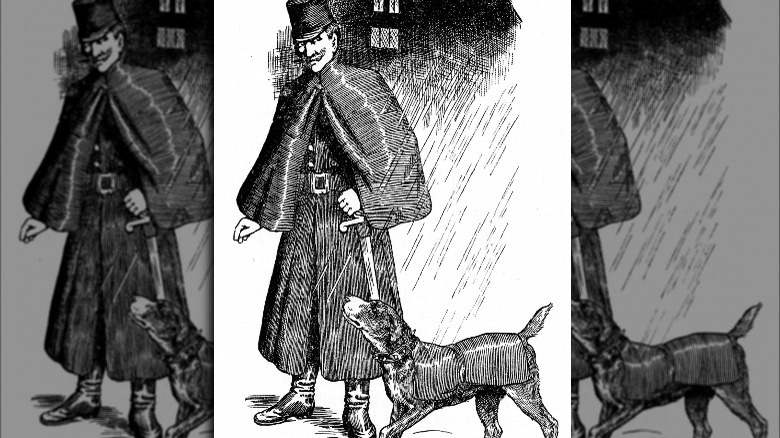
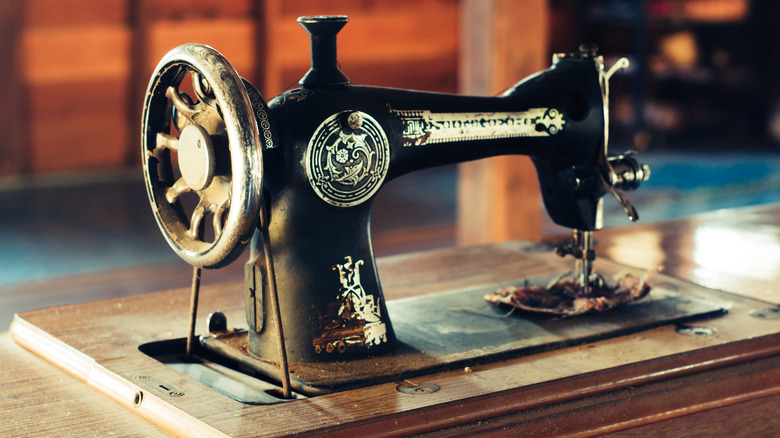
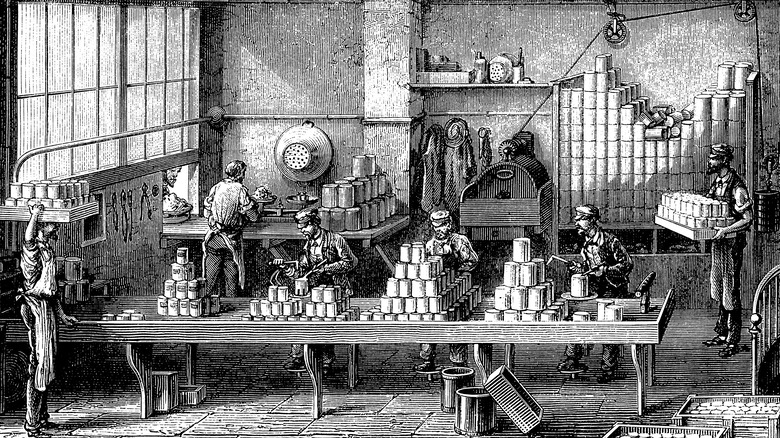
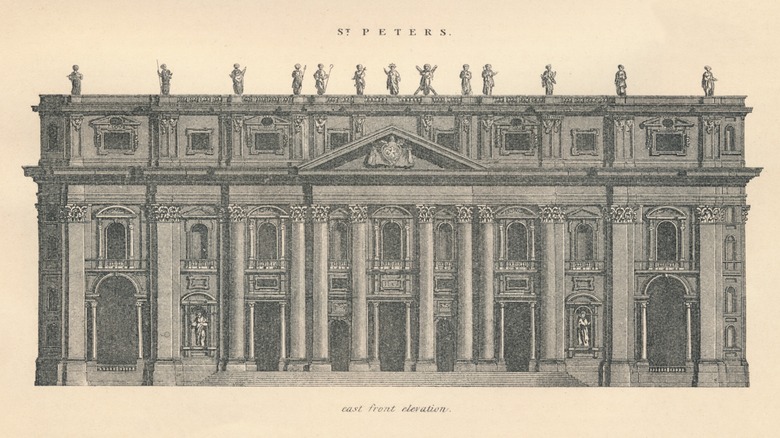
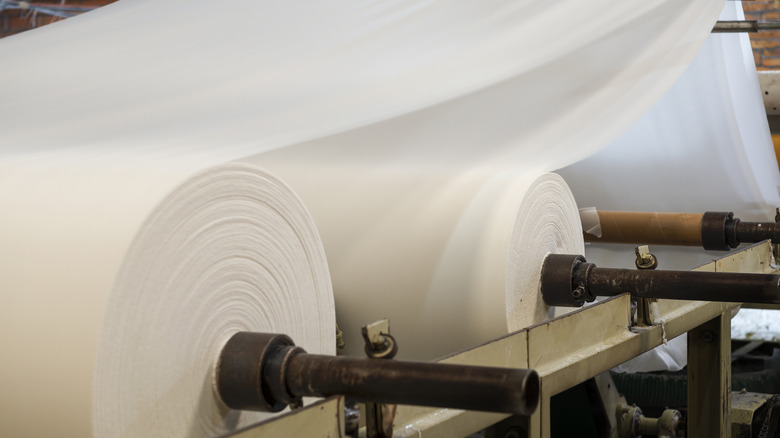






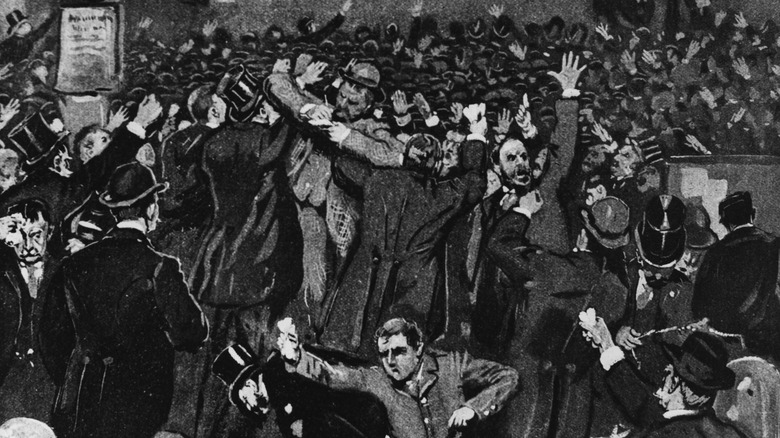





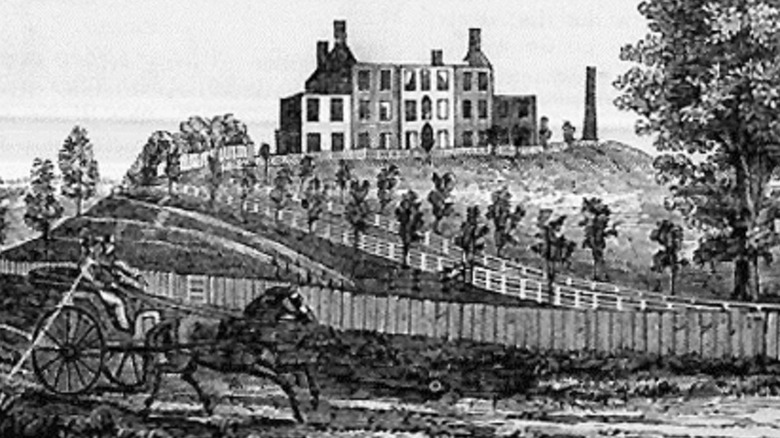











Reading your article helped me a lot and I agree with you. But I still have some doubts, can you clarify for me? I’ll keep an eye out for your answers.